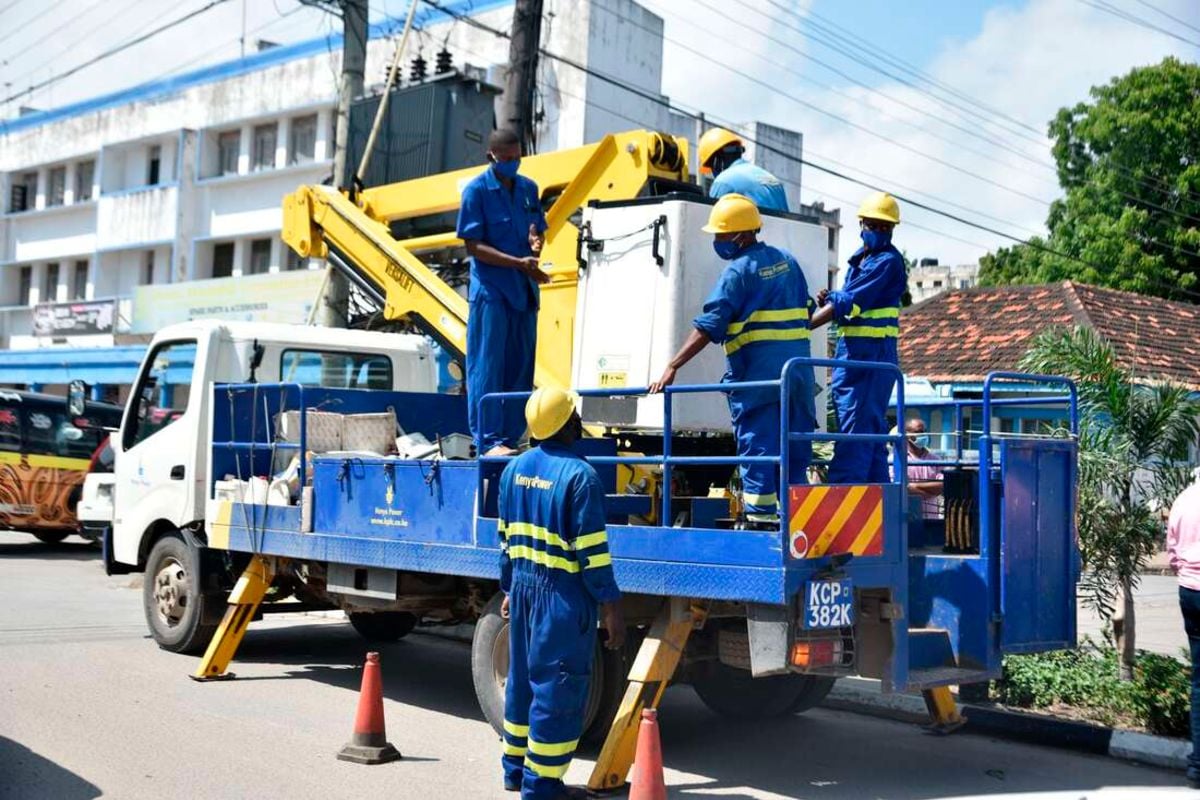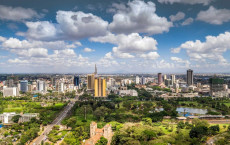- KPLC has previously been accused of abusing their monopoly power over Kenya’s electricity supply.
- Homes, schools, hospitals, and even airports have not been spared from nationwide blackouts that happen customarily under KPLC’s watch.
- Firms and individuals have trenched its services, opting for the unrestrained power of solar energy.
Mene Mene Tekel: Institutions Ditch KPLC For Solar Power
29 May, 2024 11:00 AM

The Kenya Power and Lighting Company (KPLC) has previously been accused of abusing their monopoly power over Kenya’s electricity supply. This has forced firms and individuals alike to trench its services and opt for the unrestrained power of the shimmering fireball.
From frequent power cuts, some spanning days, inflated electricity bills and rickety token prices, Kenya Power has come to be called the black sheep of parastatals. For business people who rely on electricity to carry out their daily activities, KPLC has been like a bitter ex who strikes one too many times.
Homes, schools, hospitals, and even airports have not been spared from nationwide blackouts that happen customarily under KPLC’s watch. Despite frequent statements from the company trying to explain the cause for blackouts, social media maestros are never in the mood for ‘come, let's reason together’ roundtables.
Many customers have threatened to move to solar power, and as it turns out, some are actually living up to their threats. Murang’a County government has become the latest to axe KPLC's influence, rolling out plans for solar installation in 70 health facilities.
Citing high costs, Health and Sanitation Chief Officer Wanjohi Karoga pointed out that Murang’a Referral Hospital spends between Ksh 800,000 and Ksh 1.2 million on electricity bills, with dispensaries spending between Ksh 17,000 and Ksh 25,000. According to Governor Irungu Kang’ata, the move will be a major milestone in cost reduction.
KPLC, unfazed by the never-ending threats, some of which call for its privatization, continues to defend its universal electrification course with a 76% current access rate as of 2024.
The question is: Will the move by Murang’a County government induce a butterfly effect, or has the effect already happened?
Related Topics
Leave a comment
No comments yet. Be the first to share your thoughts!











